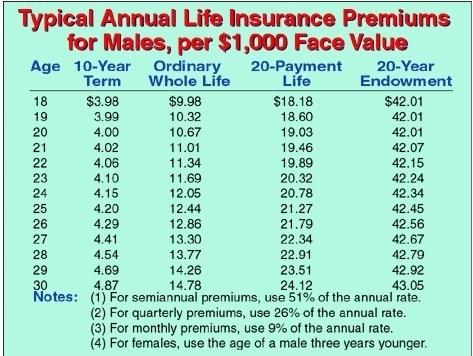
Physics, 22.10.2020 17:01 tyrareed702
A beam of protons is directed in a straight line along the positive zz ‑direction through a region of space in which there are crossed electric and magnetic fields. If the electric field magnitude is E=450E=450 V/m in the negative yy ‑direction and the protons move at a constant speed of v=7.9×105v=7.9×105 m/s, what must the direction and magnitude of the magnetic field be in order for the beam of protons to continue undeflected along its straight-line trajectory? Select the direction of the magnetic field BB .

Answers: 1


Another question on Physics

Physics, 21.06.2019 17:00
If you touch a hot light bulb and get burned, that is an example of a. radiation b. convection c. conduction
Answers: 1

Physics, 22.06.2019 16:40
The astronauts on the space shuttle flights experienced an acceleration of 29 m/s2 (about 3 "g's") during lift-off. what upward force must the astronaut's seat apply to the astronaut in order to cause this acceleration? assume the astronaut's mass is 70 kg, and compute this force when the acceleration is near the earth's surface so their weight equals latex: mg m g .
Answers: 3

Physics, 22.06.2019 16:40
Beryl states that insulation with the smallest possible thermal conductivity is best to keep a house warm in winter, but worst for keeping a house cool in summer. sapphire insists the reverse is true: low thermal conductivity is good in the summer, but bad in the winter. which one, if either is correct? a. beryl, because low thermal conductivity results in low heat transfer. b. beryl, because low thermal conductivity results in high heat transfer. d. sapphire, because low thermal conductivity results in high heat transfer. e. neither, because low heat transfer is desirable both in summer and in winter.
Answers: 2

Physics, 22.06.2019 19:30
Amass m = 74 kg slides on a frictionless track that has a drop, followed by a loop-the-loop with radius r = 18.4 m and finally a flat straight section at the same height as the center of the loop (18.4 m off the ground). since the mass would not make it around the loop if released from the height of the top of the loop (do you know why? ) it must be released above the top of the loop-the-loop height. (assume the mass never leaves the smooth track at any point on its path.) 1. what is the minimum speed the block must have at the top of the loop to make it around the loop-the-loop without leaving the track? 2. what height above the ground must the mass begin to make it around the loop-the-loop? 3. if the mass has just enough speed to make it around the loop without leaving the track, what will its speed be at the bottom of the loop? 4. if the mass has just enough speed to make it around the loop without leaving the track, what is its speed at the final flat level (18.4 m off the ground)? 5. now a spring with spring constant k = 15600 n/m is used on the final flat surface to stop the mass. how far does the spring compress?
Answers: 3
You know the right answer?
A beam of protons is directed in a straight line along the positive zz ‑direction through a region o...
Questions






Mathematics, 22.10.2019 06:00

Mathematics, 22.10.2019 06:00



Chemistry, 22.10.2019 06:00


Mathematics, 22.10.2019 06:00

English, 22.10.2019 06:00


Medicine, 22.10.2019 06:00


Business, 22.10.2019 06:00

SAT, 22.10.2019 06:00

English, 22.10.2019 06:00

Mathematics, 22.10.2019 06:00


 in the positive z direction
in the positive z direction 












